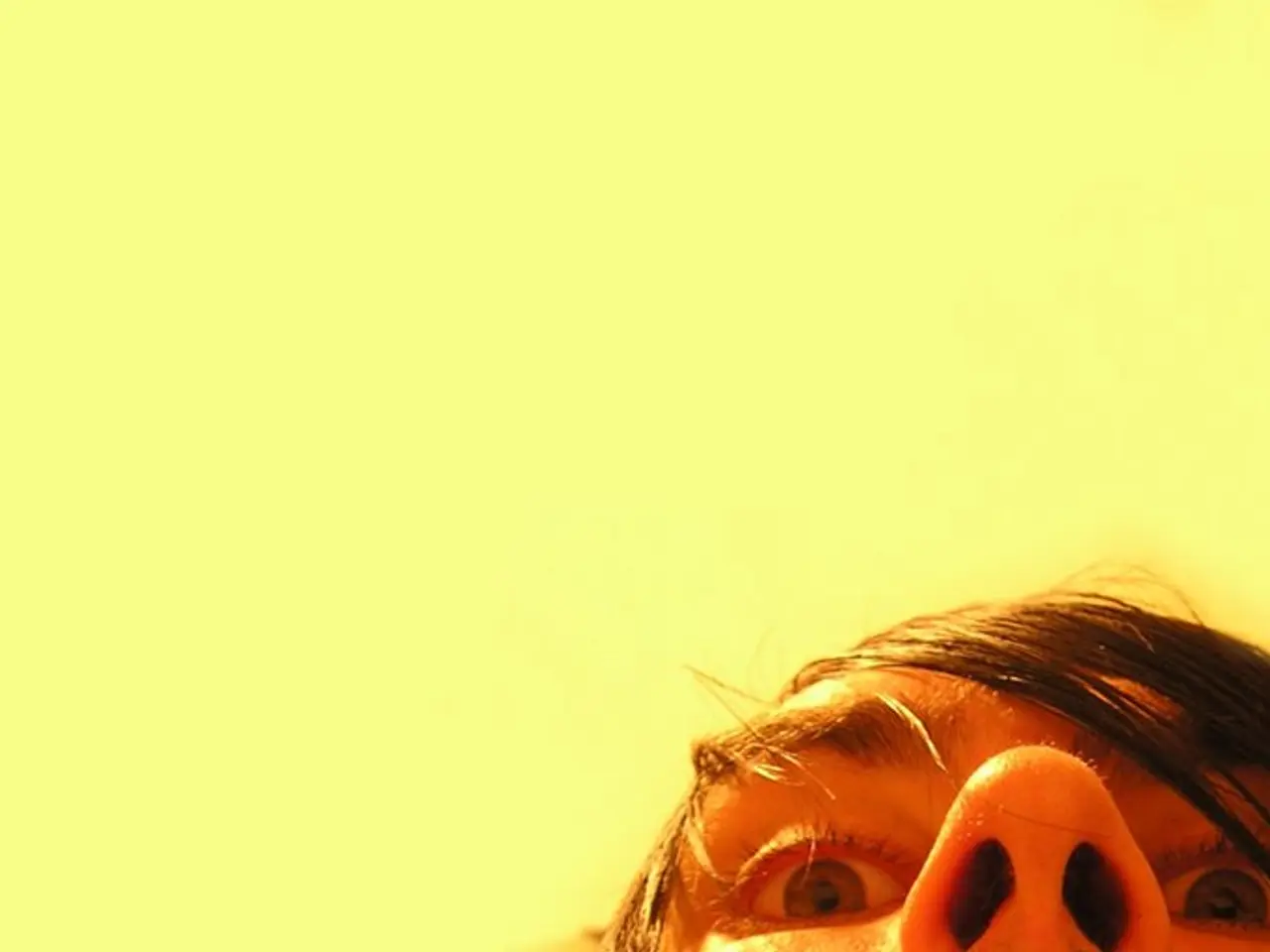Zellweger Syndrome: Characteristics, Origins, and Further Details
Zellweger Syndrome (ZS) is a rare, inherited disorder that affects the functioning of peroxisomes, leading to severe metabolic dysfunction in multiple organ systems. This condition is often fatal, with a median life expectancy of less than one year [1].
Symptoms of ZS can vary widely, ranging from mild to severe. Affected individuals may exhibit muscle weakness, vision and hearing loss, seizures, problems with key organs such as the heart and liver, atypical facial features, and developmental delays in children [2]. Additionally, there is a high risk of developing liver disease and neurological symptoms, which can significantly impact the quality of life and life expectancy [3].
Despite ongoing research, there is currently no cure for ZS. However, a team of health professionals can offer support to help manage symptoms and improve quality of life. This may include the use of hearing aids or implants, cataract removal and glasses, antiepileptic drugs, vitamin supplements, cortisone for adrenal insufficiency, tube feeding, and management of hearing loss, vision, seizures, and liver disease [6].
While the prognosis for individuals with ZS is generally poor, there are exceptions. The older a person is when symptoms appear, the greater their chance of survival into adulthood [7]. In some cases, patients may live several years, although this is still uncommon and typically involves significant medical complications.
For those with ZS and their families and loved ones, joining a clinical trial for ZS, contacting the Child Neurology Foundation, and learning more about current research from the Global Foundation for Peroxisomal Disorders may be helpful [8]. These efforts can contribute to the advancement of treatments and potential cures for this rare but impactful condition.
References:
[1] Zellweger Syndrome. (2021). Genetics Home Reference. Retrieved from https://ghr.nlm.nih.gov/condition/zellweger-spectrum-disorders
[2] Zellweger Syndrome. (2021). Orphanet. Retrieved from https://www.orpha.net/consor/cgi-bin/OC_Exp.php?lng=EN&Expert=110
[3] Zellweger Syndrome. (2021). National Organization for Rare Disorders. Retrieved from https://rarediseases.org/rare-diseases/zellweger-spectrum-disorders/
[4] Zellweger Syndrome. (2021). UpToDate. Retrieved from https://www.uptodate.com/contents/zellweger-spectrum-disorders
[5] Zellweger Spectrum Disorders. (2021). U.S. National Library of Medicine. Retrieved from https://medlineplus.gov/genetics/condition/zellweger-spectrum-disorders/
[6] Zellweger Syndrome. (2021). National Institute of Neurological Disorders and Stroke. Retrieved from https://www.ninds.nih.gov/Disorders/All-Disorders/Zellweger-Syndrome-Information-Page
[7] Zellweger Syndrome. (2021). Mayo Clinic. Retrieved from https://www.mayoclinic.org/diseases-conditions/zellweger-spectrum-disorders/symptoms-causes/syc-20355687
[8] Get Involved. (2021). Global Foundation for Peroxisomal Disorders. Retrieved from https://www.gfpd.org/get-involved/
Read also:
- Eight strategies for promoting restful slumber in individuals with hypertrophic cardiomyopathy
- Exploring the Strength of Minimally Digestible Diets: A Roadmap to Gastrointestinal Healing
- Secondhand Smoke: Understanding its Nature, Impact on Health, and Additional Facts
- Overseeing and addressing seizure-induced high blood pressure complications in pregnancy, known as eclampsia







